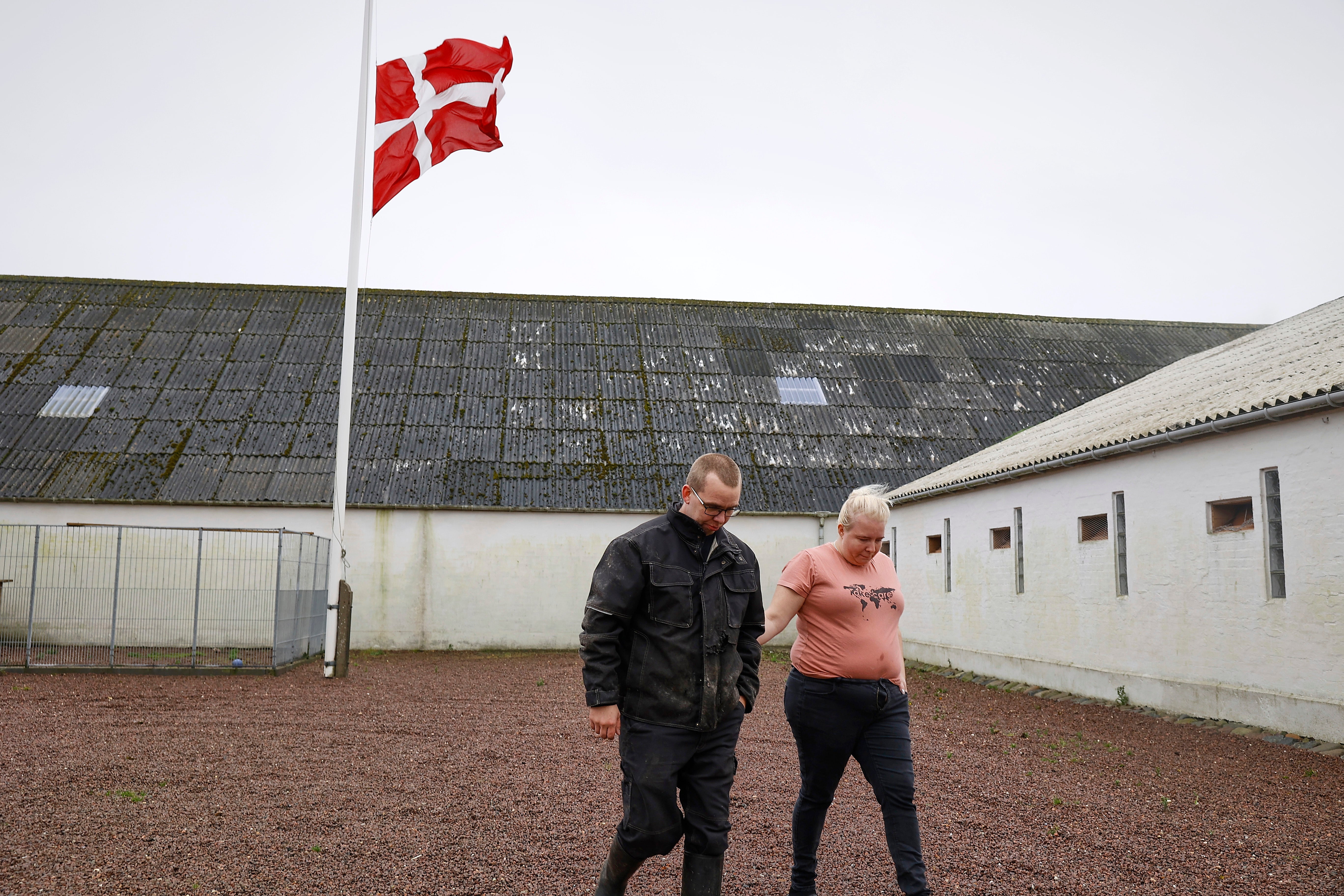Danish farmers lament decision to cull all Denmark's minks
Danish fur farmers say they’ve been dealt a major blow after the world’s largest mink fur exporter decided to cull all 15 million minks in Denmark’s farms, to minimize the risk of them re-transmitting the coronavirus to humans

Your support helps us to tell the story
From reproductive rights to climate change to Big Tech, The Independent is on the ground when the story is developing. Whether it's investigating the financials of Elon Musk's pro-Trump PAC or producing our latest documentary, 'The A Word', which shines a light on the American women fighting for reproductive rights, we know how important it is to parse out the facts from the messaging.
At such a critical moment in US history, we need reporters on the ground. Your donation allows us to keep sending journalists to speak to both sides of the story.
The Independent is trusted by Americans across the entire political spectrum. And unlike many other quality news outlets, we choose not to lock Americans out of our reporting and analysis with paywalls. We believe quality journalism should be available to everyone, paid for by those who can afford it.
Your support makes all the difference.Danish fur farmers say they've been dealt a major blow after the world’s largest mink fur exporter decided to cull all 15 million minks in Denmark's farms to minimize the risk of them re-transmitting the coronavirus to humans — a decision that has also raised eyebrows among health experts.
“I do not think there is a mink profession in the future,” breeder Frank Andersen told Danish broadcaster DR on Thursday. “I hope that they have evidence behind (their claim) and that it is the right decision,” said Andersen, who has run a mink farm with his father for the past 15 years near Hjoerring in northern Denmark, and has about 15,000 animals.
The government said Wednesday that a mutation in COVID-19 has been found in 12 people who got infected by minks in the northern part of the country, announced plans to cull all minks in the country and promised to compensate farmers.
But Fur Europe, a Brussels-based umbrella organization representing national associations in 28 European countries, said there was no indication mink farming was an important factor in transmitting the virus. The group urged Denmark to release its research for scrutiny amongst international scientists.
“Experts and public authorities agree that mink farming plays no significant role in the spreading of COVID-19,” the group said.
Medical experts were also puzzled by the Danish claim of a mutated virus.
James Wood, head of veterinary medicine at Cambridge University, said the true significance of the reported mutations in Denmark “(has) not yet been evaluated by the international scientific community and (is) thus unclear.”
The coronavirus evolves constantly and, to date, there is no evidence that any of the mutations have affected COVID-19′s impact on people.
Denmark which produces an estimated 17 million furs per year, “is clearly taking a precautionary stance,” said Ian Jones, a professor of virology with the University of Reading.
Last month, Denmark started culling millions of minks in the north of the country after COVID-19 infections were reported among the stock there. Nationwide, at least 207 out of the 1,139 fur farms in Denmark have now been infected.
In the Netherlands, another mink fur producer, only minks on a farm found to be infected are culled. Infected minks have been found at a total of 69 Dutch farms and well over 1 million animals have been culled.
In August, the Dutch government announced that it is bringing forward the mandatory end of mink farming in the country by three years amid a growing number of coronavirus infections at fur farms. The industry already was working toward a total ban on all Dutch mink farms by 2024. That has now been brought forward to the spring of 2021.
In southern Sweden, the virus was found in a total of 10 mink farms and the Swedish news agency TT said there were no plans to cull the animals. Hakan Henrikson, chief veterinarian with the Swedish Board of Agriculture said the mutation reported by Denmark has not been seen in Sweden.
Kopenhagen Fur, a cooperative of 1,500 Danish breeders, accounts for 40% of the global mink production. Most of its exports go to China and Hong Kong.
Breeder Jesper Christensen said farmers would have to wait and see what compensation the government offers them.
“We also grow some plants and maybe we can make a living from that,” he told DR broadcaster. Christensen has some 15,000 minks on his farm near Esbjerg, southwestern Denmark.
___ Mike Corder in Amsterdam and Maria Cheng in London contributed to this report.
___
Follow AP pandemic coverage at http://apnews.com/VirusOutbreak and https://apnews.com/UnderstandingtheOutbreak